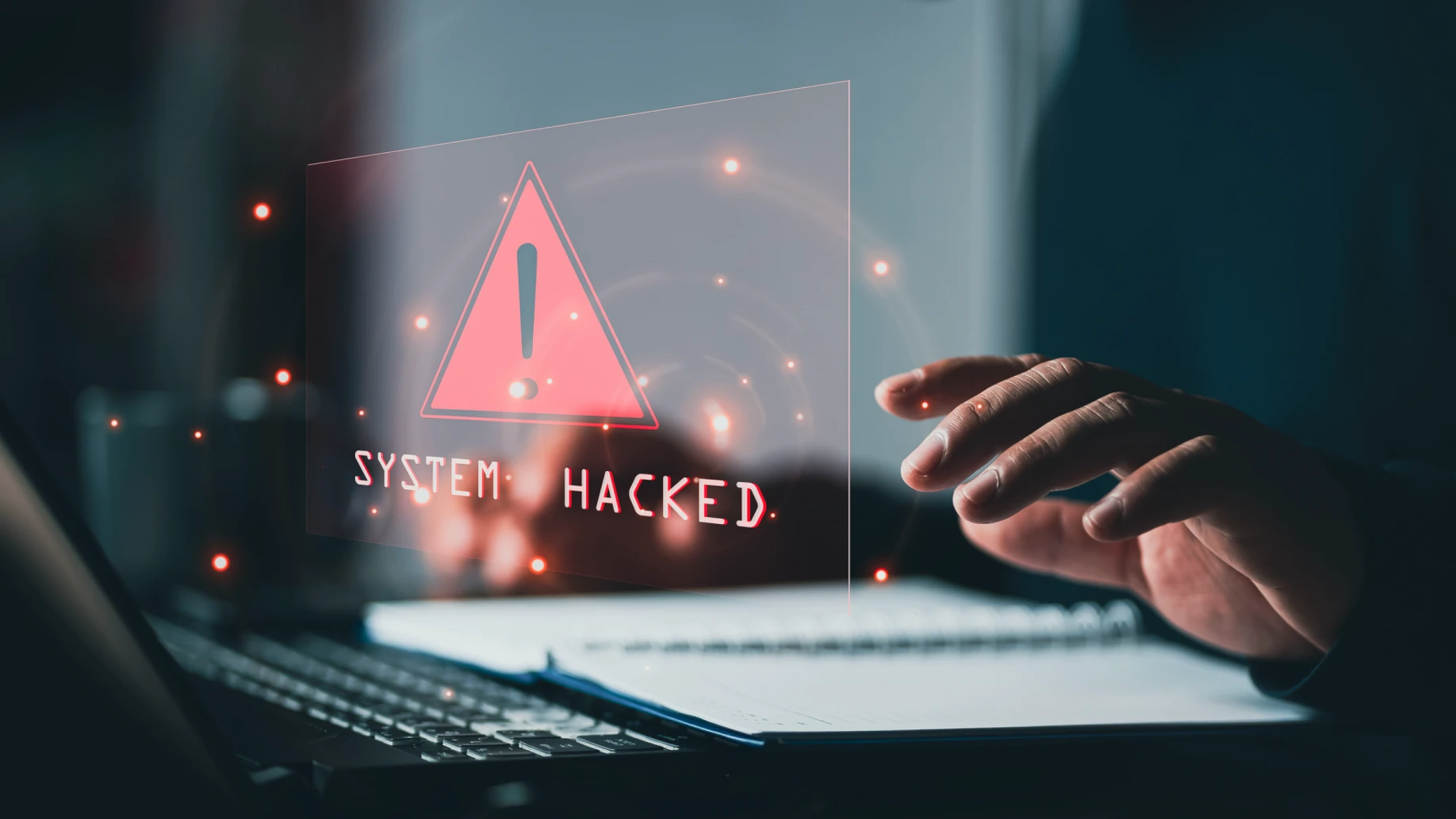The digital revolution in the business world has brought seemingly infinite possibilities, but it has also presented some unique new challenges, and the cost of being hacked is one of them.
Until recently, the risks and dangers associated with websites and online databases being hacked were thought to only apply to industries dealing with confidential or personal information, such as banks and healthcare companies.
But with the rise in eCommerce, the necessity of using online communication and data software, and the general digitisation of the business world, the risk and cost of being hacked are ones that no organisation in the 21st century can ignore.
How to protect your business from being hacked
Engaging the services of a professional website maintenance team is the best way to ensure your website and any confidential, private, or personal information it may store are protected from would-be hackers.
Understandably, this can come as a surprise to some. After all, websites come with design, development and hosting costs already.
Why would you need to invest in ongoing website care as well?
The answer: Because it’s far more affordable than the cost of being hacked.
Understanding the costs of hacking
1. Developer costs
When something goes wrong, such as a hacker gaining access to your website or installing malware, the first priority is to rectify the situation. Bringing website developers on board at this late hour often incurs rush fees to ensure urgent support. Whether it’s as simple as changing passwords and security settings (in a best-case scenario) or hardening your website top-to-toe, the potential developer costs can rack up.
2. Opportunity costs
Financially speaking, your website getting hacked doesn’t just cause you to incur costs upfront but also opportunity costs in the form of:
Lost sales
A hacked website is often unusable, or at least not safe to use. For the problem to be rectified, your website may need to be taken offline. In rare but possible instances when the problem is too deep to rectify, the whole site might be taken down.
All of this can result in lost sales. It’s not just about the sales lost during the downtime either. Poor brand perception and lack of consumer trust can affect long-term sales. If your site is blacklisted by a search engine it could have a devastating domino effect on potential users long after the problem has been solved.
Lost productivity
Running a business is stressful enough, but dealing internally and externally (i.e., with your developer) can require extensive time and energy investment. This eats into your ability to allocate your precious human resources to what you should be doing.
Additionally, if the hacking affects your emails or spreads to suppliers, customers or partners in some other way, it can cause significant harm up and down your supply and demand chain.
3. Lost data
Data is king in the modern world. A website exposed to potential hacking is exposed to the risk of lost data. In some lucky cases, a savvy developer may be able to provide a ‘clean backup’. But this is not always the case.
Sometimes, data lost as a result of a hacking can’t be recovered, which means that years of marketing and data collection have gone to waste.
4. Legal fees
You don’t need us to tell you just how quickly legal fees can pile up. Losing customer data or allowing it to be exposed to hackers may make your business liable for privacy breaches. Similarly, sending malware–even unintentionally–to customers or suppliers can put you in a sticky spot legally.
Engaging lawyers is neither fun nor easy and is certainly not cheap.
5. Reputational damage
We touched on reputational damage earlier, but another cost is also associated with this risk. Even if your website is hacked but your customers’ data isn’t stolen or copied, you might have incurred devastating reputational damage.
In some instances, offering restitution, in the form of discounts, freebies or other offerings, might be required to regain some goodwill. Depending on the size of the hacking and the level of compromised data, this can cost a pretty penny.
6. Software costs
In some instances, specialised security software may be required to solve the problem or prevent its recurrence.
Many of these software programs come with significant lump-sum price tags.
7. Direct financial loss
Hacking can even cost a business more directly in that its own bank account or financial information can be stolen. Fraudulent transactions or outright theft have and do happen.
8. Insurance premiums
In some instances, for businesses with cybersecurity insurance, your premiums can increase following a data breach. Like legal fees, this can add up to a significant amount of money over time.
Protect your business website with GO Creative
When considering the potential costs of being hacked, it’s not hard to value the benefit of ongoing website care and maintenance with a professional web agency.
Much like your physical health, when it comes to your digital health prevention is better than cure.
Fortunately, a small monthly or annual fee can be enough to ensure the specialist supports you and your business needs to prevent it from being hacked in the first place. From ensuring regular backups of your data to providing sufficient security and firewalls to reduce the risk of being hacked significantly, speak to the GO Creative team today to find out more about our website care plans.

